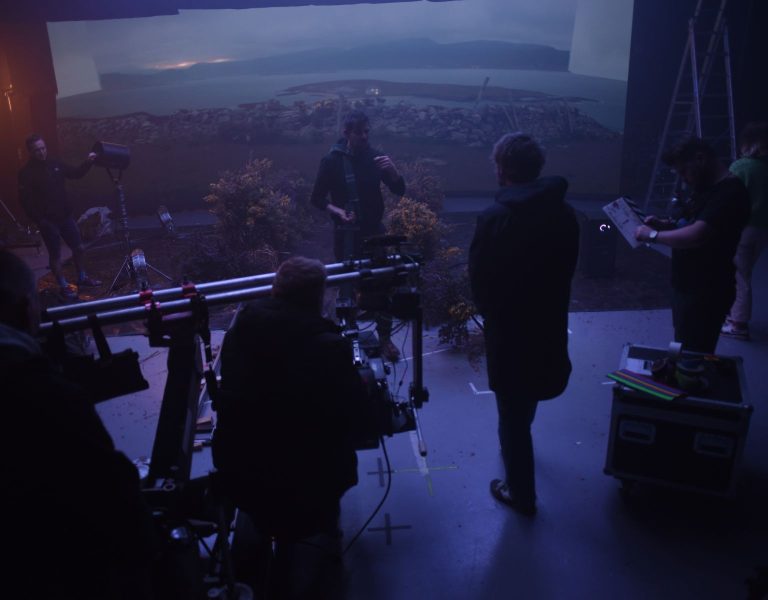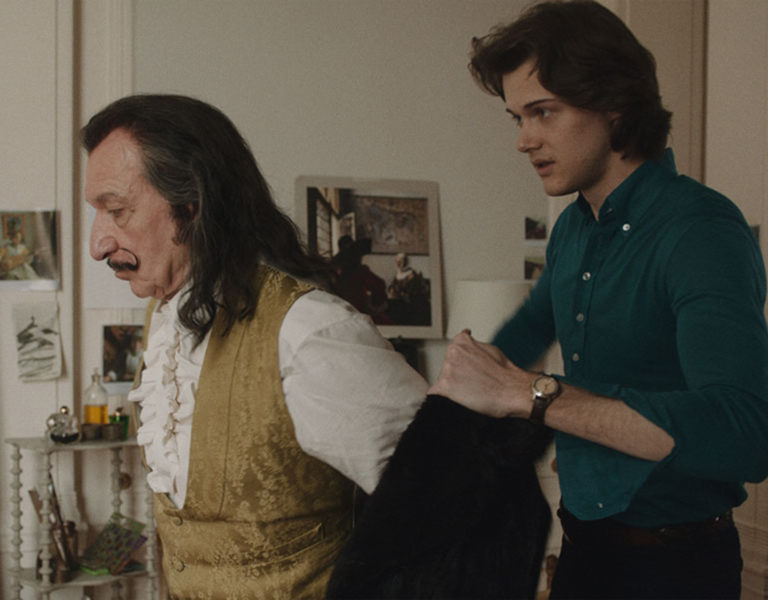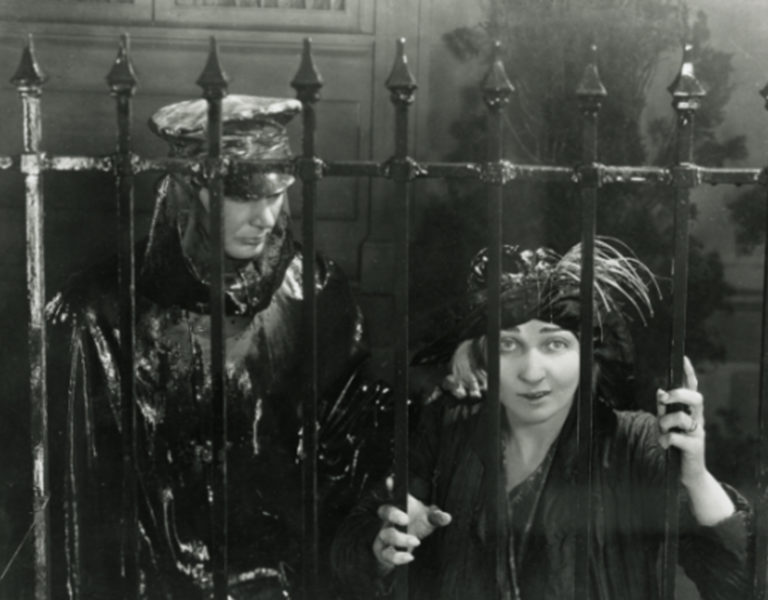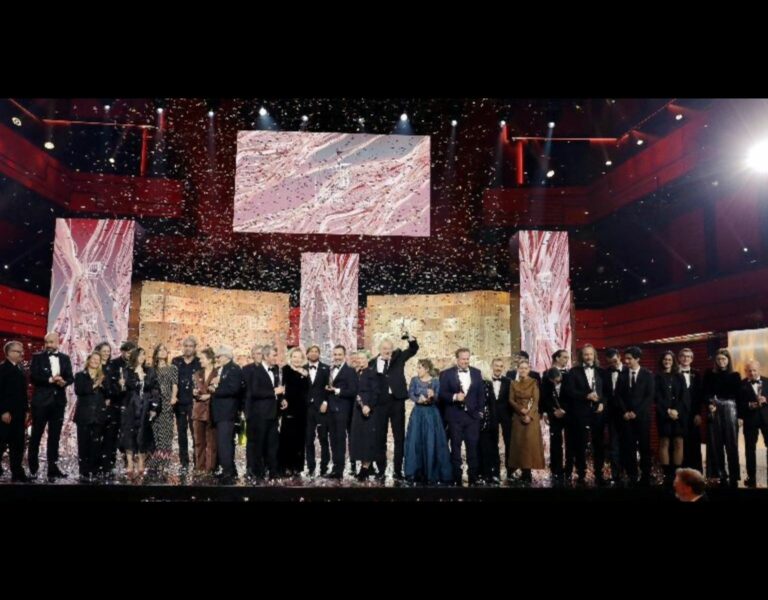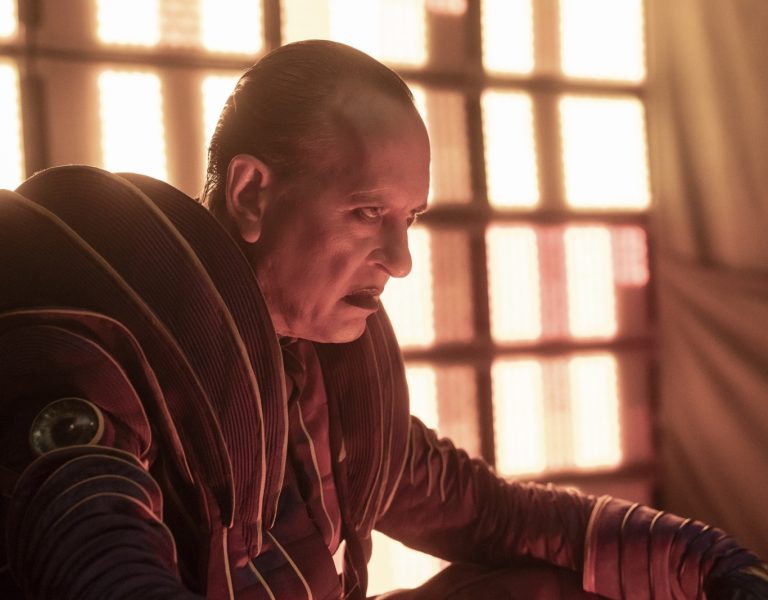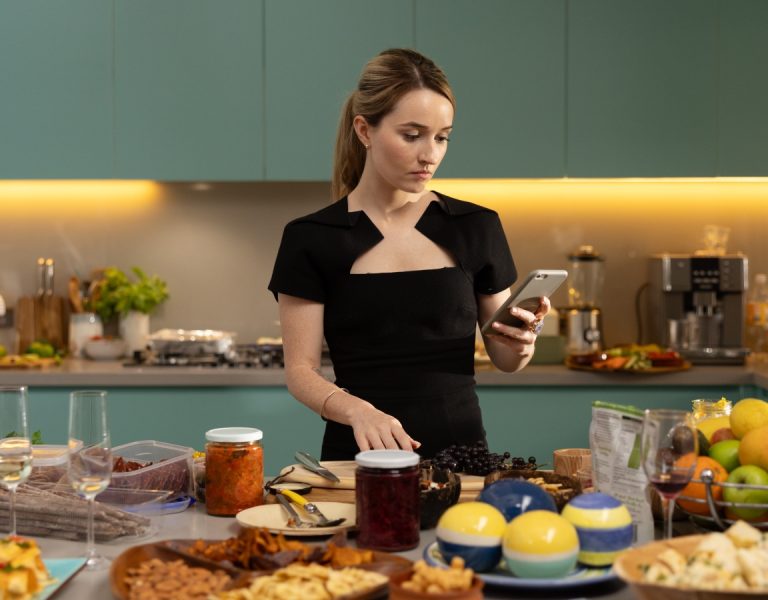Introducing Lapel, the London Film School Graduation Film directed by Nicholas Seaton and lensed by Adar Raviv.
In Lapel, a sound recordist, Lydia, buries herself in work to avoid going home to her family. But when she witnesses a transformative performance by a young actress she finds herself confronted by her own choices.
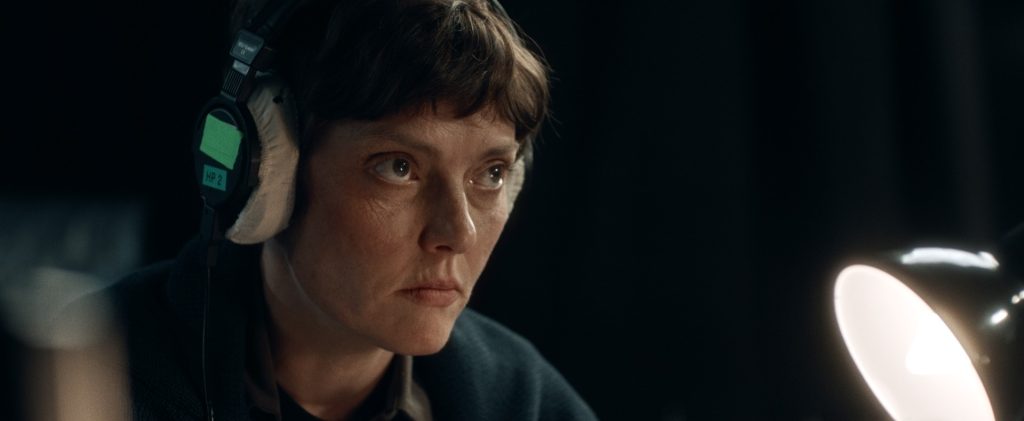
British Cinematographer (BC): Please tell us a little bit about your filmmaking journey so far, as well as your influences and inspirations.
Adar Raviv (AR): I majored in film studies back in high school; that really kicked off my passion for filmmaking and cinematography. That experience led me to my role in the military as a videographer. I loved being a videographer, I loved having the camera on my shoulder and travelling with it from place to place. As a videographer you don’t have any control on your subject and you just react to your environment with the camera. That immediately triggered my interest in what I could do for a story if I had more control.
After my service I spent four years working as a colourist. Working as a colourist allowed me to learn and study from the work of other very talented cinematographers and to inspire my love for the field more. That experience as a colourist gave me tools I can use as a cinematographer.
Some of my influences and inspirations include filmmakers like Robbie Ryan BSC ISC, Sir Roger Deakins CBE BSC ASC, Yorgos Lanthimos, Martin McDonagh, Andrea Arnold and many more. Moreover, still photography is something that I’m always inspired by.
BC: Take us back to your initial discussions with the director regarding the visual approach for your film. What look and mood did you seek to achieve?
AR: From the very first discussions with the director, we were talking about the visual language of the film. We wanted to embrace the aesthetic of film sets, taking advantage of different points of view, like cameras and monitors, as well as sound to tell the story. From the script to the visuals the director wanted to be very subtle in his approach. We didn’t want any saturated strong colours, and so we chose a subdued colour palette that works with the clean and minimalist aesthetic of the film. In our approach to framing and design we were interested in utilising the organised clutter of film sets, using all the elements you’ll have on a set. Another discussion we had was how to develop the visual language from Scene to scene when the set never changes. Using the evolving shot design to make our characters feel more or less isolated.
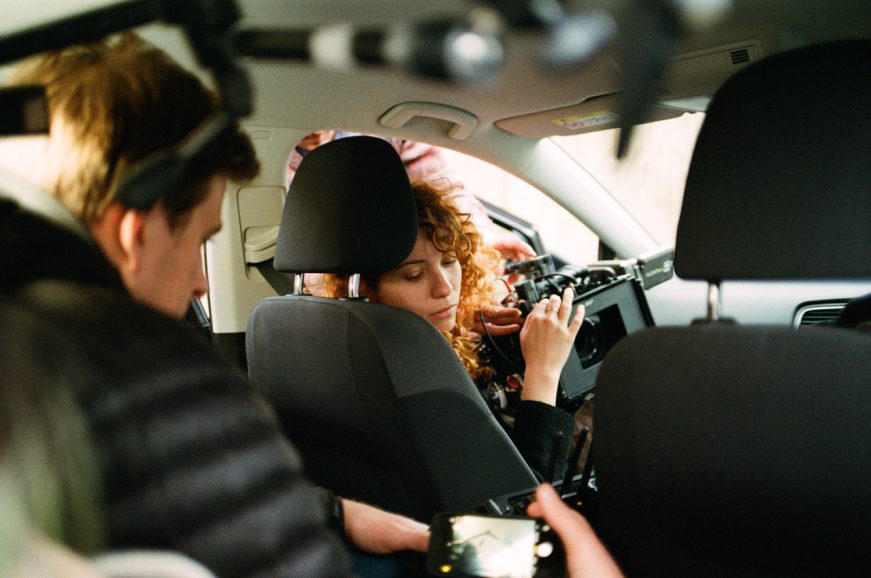
BC: What were your creative references and inspirations for your film? Which films, still photography or paintings were you influenced by?
AR: When Nicholas and I started talking about the film, very early on one of the references that came up was The Souvenir 2. Most of our film takes place on a soundstage, so we really liked the way they approached shooting on a soundstage, and the relationship they created between on stage and off stage, as well as the layers it created both visually and within the story.
With the colour palette we then turned to look at Tár. We liked the idea of a very limited colour palette creating contrast between very muted tones of off white and beige with blue and black. We tried creating this on-set/off-set contrast by using light colours for the set and the actors, while giving everything off set a darker tone.
BC: What filming locations were used? Were any sets constructed?
AR: The film takes place primarily on a soundstage. We were looking for the right one for a long time, as it had to fit both the set and have enough space to shoot off set as well. We ended up shooting in London performance studios, a great space that ticked off all our boxes.
As I mentioned before, our director wanted the set to be a house, as he wanted it to mirror the struggle the characters face, between balancing their set and family life. We wanted the set to be very minimal and noticeably constructed. To me, it was very important that the set would be the brightest spot in the space, to focus all of the attention on Ellie’s performance. We’ve done that both with the way we light it and the colour choices. We also discussed the use of doors on set, as we wanted to give Ellie an easy access off set away from the threatening crew that’s in front of her, a more private space.
Our second location was the house of one of our main characters, Lydia. It was important that the location would fit in with the feeling of the rest of the film, we didn’t want it to stand out, almost as if it could be a set as well.
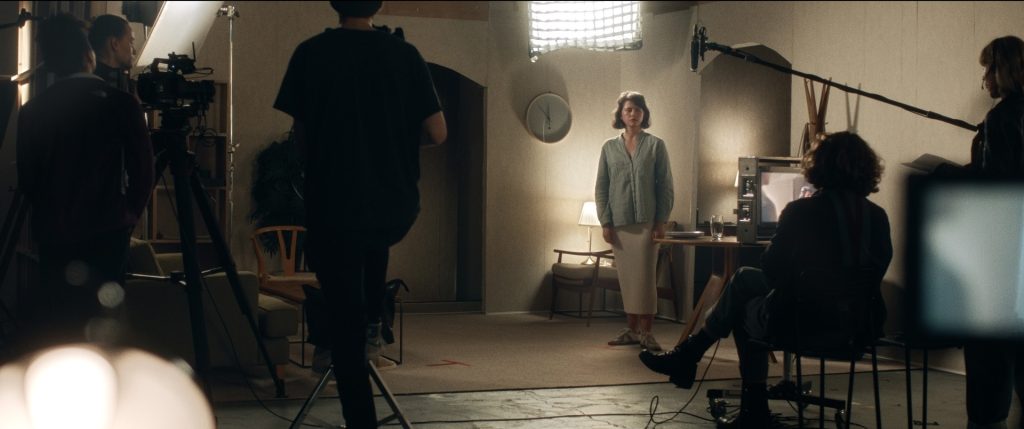
BC: What camera and lenses did you choose and why? What made them suitable for this production and the look you were trying to achieve?
AR: The film was shot on the Alexa Mini with the Zeiss Super Speed MKIIIs. With the lens choice I really wanted to go with vintage, classically beautiful ones. I really loved the look of them: combined with the Hollywood Black Magic filter which gives that glow in the highlights, we got the look we’re aiming for.
BC: What was your general approach to lighting?
AR: Generally, I like to be inspired by the location and natural light that’s already there. Then if the location is already doing something nice, I’ll try to take away or add to the natural light. On this shoot we have a few shoots that were mainly lit with natural light and some negative fill. We loved the light we got from the one big window in the studio and whenever there was a part in the script that took a break from the fictional shoot we tried to have a window open to create that contrast between the set and daylight.
When it came to the set, my goal was to light the space efficiently so that we’ll only have minimal adjustments for different shots. I wanted to give the director and actors the space to focus on performance.
BC: What was the trickiest scene to light?
AR: Most of the film was shot with a very simple light setup. However the one that was the most difficult to light was a scene that was shot in one shot, handheld following the character as she walks on set and offset and all around the studio. The difficult part was mostly to avoid any lights that were not there until now and to have enough light even in the dark corners of the studio. We had a light that was lighting the character in the beginning of the shoot but had to be moved for the end. We also had a light that had to be turned on during the shot as well as extras in the shot. All together it was the most difficult shot to construct. Luckily I had an amazing dedicated gaffer and sparks that made it feel very smooth.
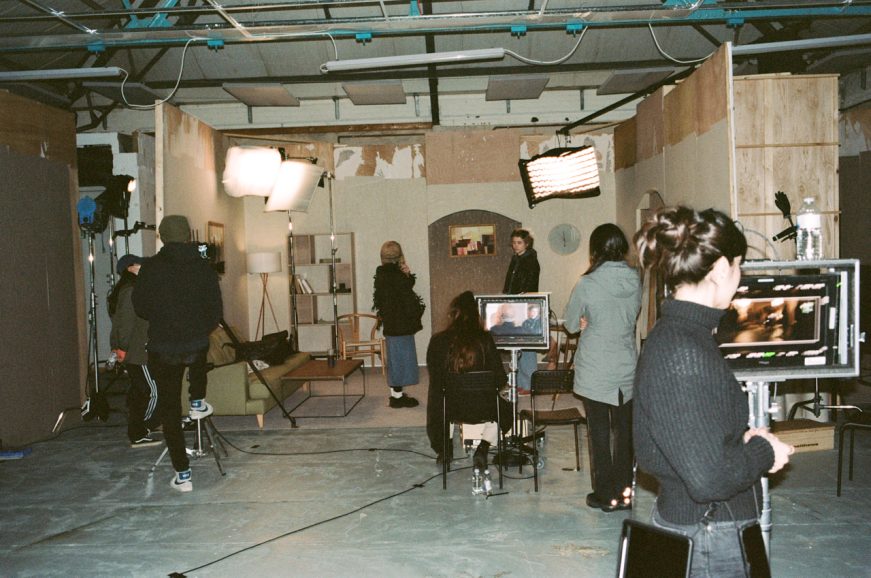
QBC: Were there any other challenges of the shoot from a cinematography perspective and how did you overcome these obstacles?
AR: There are always challenges to overcome as a cinematographer on a shoot. One of my main struggles we came across during pre-production was with the point of view of the film. The film has two main characters throughout the film, and we are telling the story through the eyes of both – both emotionally and with information they know. The struggle was to position the camera in every scene in a way that supports the point of view we need to experience at that time and switching between the two. It was something we talked about a lot during pre-production and even during the shoot we added shots when we felt like we’re losing one of the characters too much.
BC: Who did the grade and what look were you trying to achieve in it?
AR: As I mentioned before I have been working as a colourist before film school. I find the process of grading extremely satisfying and interesting. Therefore, I was really happy to take on the grade of the project. My goal with the grade was really to stick to our muted colour palette while giving it more life and texture.
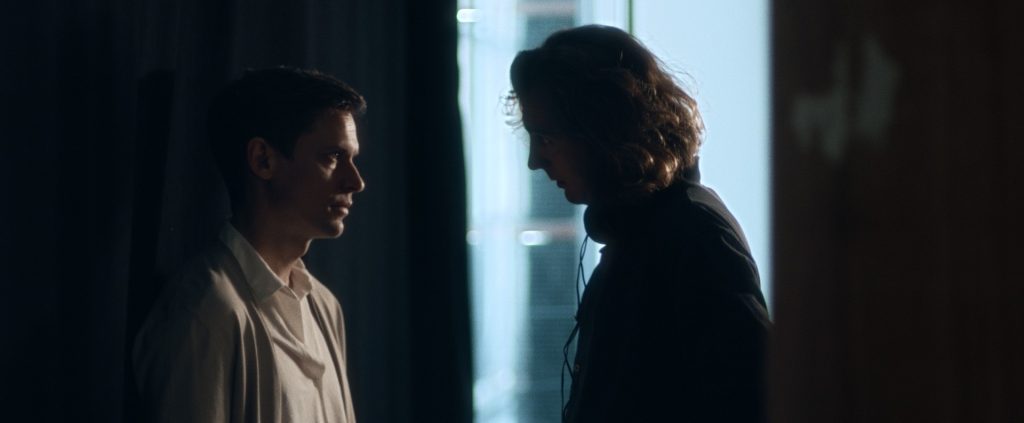
BC: What was your proudest moment from the production process? Is there a specific scene or shot that you’re especially proud of?
AR: I’m very proud of the communication between the director, the AD and myself. I feel like working with so many extras and actors in one location is something we could have gotten really lost with if we didn’t have good communication and if we wouldn’t do as much preparation in pre production.
A scene I’m really proud of is when the actress gets the second phone call on the set when everyone is waiting to go for a take and she doesn’t pick up. The scene starts when the actress, the sound recordist and the audience have information that the rest of the characters don’t – The phone calls mean an emergency. This is the first time we really connect the two characters emotionally and one is trying to help the other. I think the connection we were able to create between the two characters really worked. After the entire film where the two experience the set differently and we go between the two points of view, that’s the moment when they are at the same point. The way we covered the scene, as well as a great job by our editor, really makes that moment impactful.
BC: What lessons did you learn from this production that you’ll take with you onto future productions?
AR: Crew is key to your success on every project. Every person on a set, but especially on a very small set has a huge role in the success of the film. When you have people that you can trust and that are focused on the final goal of the film you are free to explore ideas and to focus on creativity as much as possible. I extremely appreciate the crew I had on this shoot and the work they have done.
Moreover, I feel like on every project I work on I have to fight for the things that are important to me and to know when to let go and adjust. With every project some things you insist on you feel very proud of and some you understand were not worth it. On every project I do I feel like those instincts of what to fight for becomes sharper. Experience is irreplaceable in that sense. Some shots I really wanted to get didn’t make it to the final cut, yet some takes that I really felt like we needed to go for again really paid off.
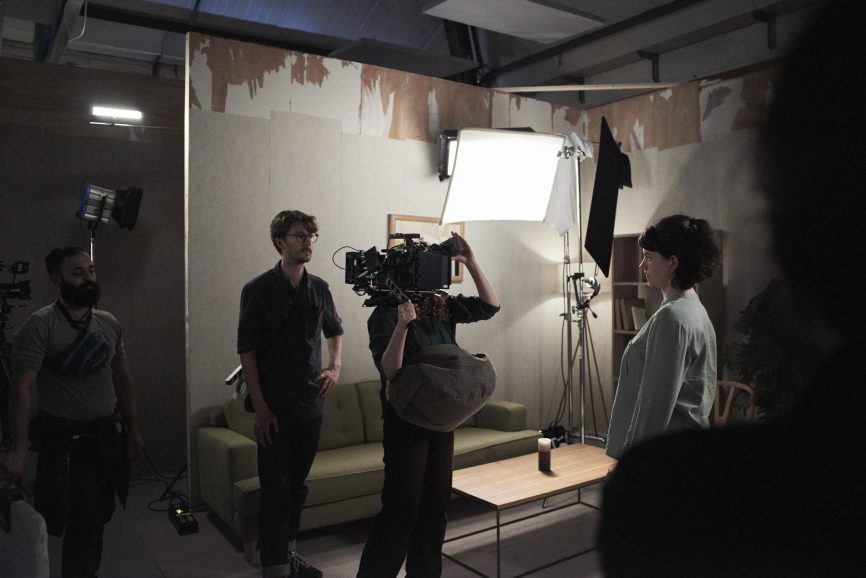
BC: What would be your dream project as a cinematographer?
AR: Shooting on location, traveling, and being inspired by different places is something that I always enjoy and aspire to do. It always feels very special to find on location something that you could have never thought about but that really inspires you.
Shooting on film as well is something I would love to do again. I think shooting on film affects the film not only with the specific choice of the look, but the limits that shooting on film gives you both with your choices of storytelling and on set approach as well as the stricter approach to lighting. That’s something I would love to take on for the right project.
However, I’m happiest when I follow a good story that I connect with, whatever it requires. I really appreciate the ability to adjust to whatever works for the story and the production.
